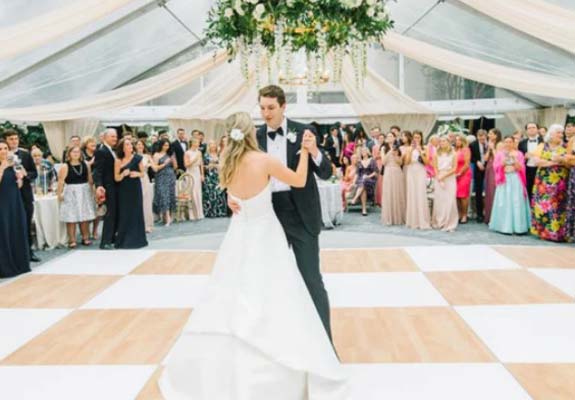A Transformative Strength of Illumination at Improving Movement Floor Visuals
Wiki Article
Illumination plays a crucial role in shaping the ambiance of a dance floor. It can change a plain space into an thrilling setting that improves the total experience for performers and spectators alike. The appropriate lighting can influence the vibe, energy, and even the form of the dance being executed. By using various types of lighting, such as spotlights, colored illumination, and strobe effects, event planners can design a dynamic environment that captivates the spectators and invites participation.

One of the primary functions of lighting on a dancing area is to showcase the dancers. Focused lights can be used to direct attention on solo dancers or teams, making them the focal point of attention. This method not only displays their actions but also adds a dimension of theatricality to the show. When dancers are lit properly, their facial expressions and skills become more visible, allowing the spectators to value their skills. This targeted lighting can also help to establish a narrative, guiding the spectators through the show.
In furthermore to showcasing performers, colored illumination can greatly affect the atmosphere of the dancing area. Various colors elicit varied feelings; for example, warm colors like crimson and amber can generate a sense of enthusiasm and vitality, while cooler colors like blue and emerald can encourage tranquility and ease. By thoughtfully using colored illumination, event planners can dance floor decoration for cocktail parties control the environment to align with the concept of the occasion or the type of the dance. This thoughtful approach to lighting design can enhance the overall encounter for all involved.
Flashing lights and other active lighting features can also add excitement to a dance floor. These effects can create a sense of rhythm and motion that matches the soundtrack being performed. When synchronized with the beat, strobe lights can make the dance floor feel vibrant, inviting dancers to groove in time with the flashing lights. This interaction between light and sound can boost the energy of the occasion, making it more enjoyable for both dancers and audience. The use of such effects requires careful planning to ensure they enhance rather than divert from the performance.
Finally, the overall setup of the lighting arrangement is crucial for establishing a unified look on the dancing area. A well-thought-out lighting strategy considers the layout of the space, the type of performance being executed, and the spectators' encounter. By combining different lighting methods, such as background lighting, highlighting, and unique features, planners can design a visually stunning environment. This focus to specifics not only improves the performance but also leaves a memorable impact on the spectators, making the occasion memorable. In conclusion, the transformative power of lighting is vital in improving dancing area aesthetics, establishing an captivating and pleasurable experience for all.